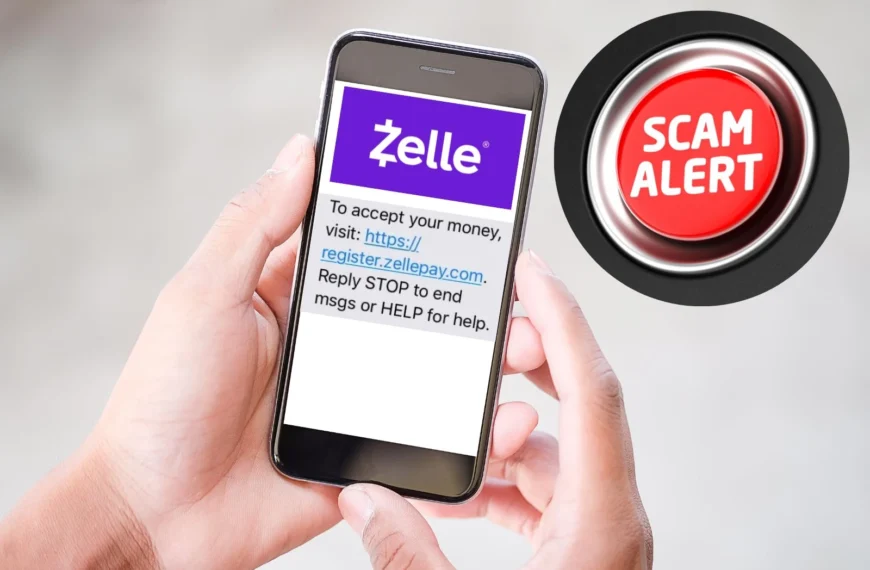In the digital age, scams have become increasingly sophisticated, targeting unsuspecting individuals through various methods. One of the most prevalent types is the Tech Support Scam. Understanding how these scams operate and how to safeguard against them is crucial for every online user. This article delves into what tech support scams are, how they work, and the measures you can take to avoid falling victim to them.
What Are Tech Support Scams?
Tech support scams are fraudulent activities where scammers pose as legitimate technical support representatives from well-known companies, such as Microsoft, Apple, or Google. Their objective is to deceive individuals into:
- Paying for fake tech support services.
- Providing personal or financial information.
- Installing malicious software that compromises the victim’s devices.
These scams often manifest through:
- Pop-up Alerts: Fake error messages that appear while browsing, claiming that your computer is infected or has encountered a critical error.
- Cold Calls: Unsolicited calls from individuals claiming to be tech support representatives.
- Phishing Emails: Emails that mimic legitimate companies, urging recipients to click on links or download attachments.
How Tech Support Scams Work
The scam typically follows a structured process:
- Initial Contact: The victim receives a pop-up, call, or email warning about a supposed issue with their device.
- Sense of Urgency: The message often uses fear tactics, such as threats of data loss or account suspension, to prompt immediate action.
- Request for Access: The scammer asks the victim to provide remote access to their device.
- Extraction: Once access is granted, the scammer may:
- Pretend to “fix” non-existent issues.
- Install malware to steal sensitive information.
- Request payment for bogus services or tools.
Measures to Avoid Tech Support Scams
1. Recognize the Signs
- Legitimate tech companies do not initiate unsolicited contact.
- Be wary of pop-ups or messages with dire warnings and a phone number to call.
- Check email addresses for inconsistencies that indicate phishing attempts.
2. Do Not Share Remote Access
- Never grant remote access to your device unless you are certain the request is from a trusted and verified source.
3. Verify the Source
- If contacted, independently verify the company’s contact details through their official website.
- Hang up on unsolicited calls and avoid clicking on links in suspicious emails or pop-ups.
4. Use Security Software
- Install reputable antivirus and anti-malware software.
- Keep your operating system and software up to date to prevent vulnerabilities.
5. Enable Multi-Factor Authentication (MFA)
- Secure your accounts with MFA to reduce the risk of unauthorized access, even if your credentials are compromised.
6. Educate Yourself and Others
- Stay informed about the latest scams and techniques used by cybercriminals.
- Share this knowledge with friends, family, and colleagues to promote collective awareness.
7. Report Scams
- Report incidents to your local consumer protection agency or cybersecurity authority.
- Inform the impersonated company so they can take action against the scam.
What to Do If You’re Targeted
If you suspect you’ve been targeted by a tech support scam:
- End Communication Immediately: Hang up the phone, close the pop-up, or delete the email.
- Run a Security Scan: Use your antivirus software to check for and remove any potential threats.
- Change Your Passwords: Secure your accounts, especially if you suspect your information has been compromised.
- Monitor Your Financial Accounts: Check for unauthorized transactions and report them to your bank if found.
- Seek Professional Help: Consult a verified IT expert if you’re unsure about your device’s security.
Conclusion
Tech support scams thrive on fear and lack of awareness. By staying informed and vigilant, you can protect yourself and your loved ones from falling victim to these fraudulent schemes. Always question unsolicited contact, verify claims independently, and prioritize cybersecurity practices to ensure a safe online experience.
For more insights and tips on how to stay safe online, visit our blog on eXposingScam.com. Together, we can create a safer digital world.














